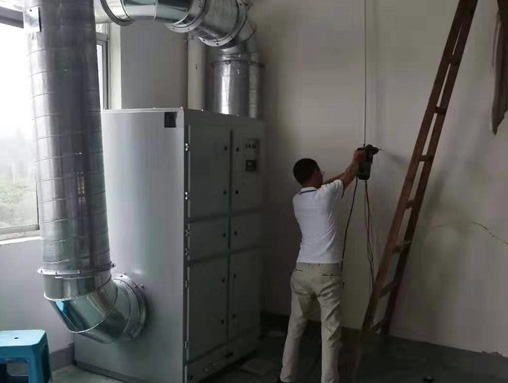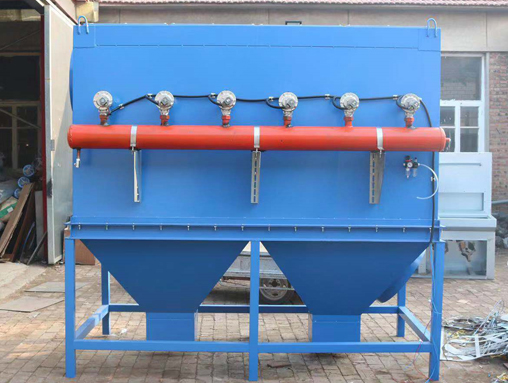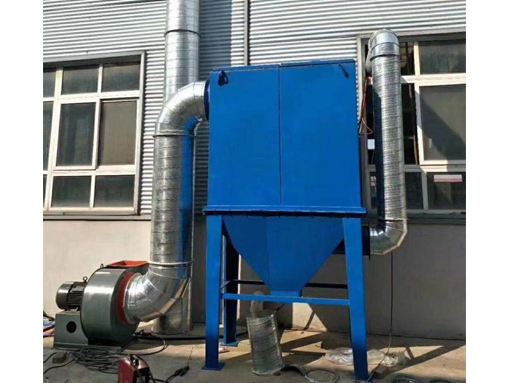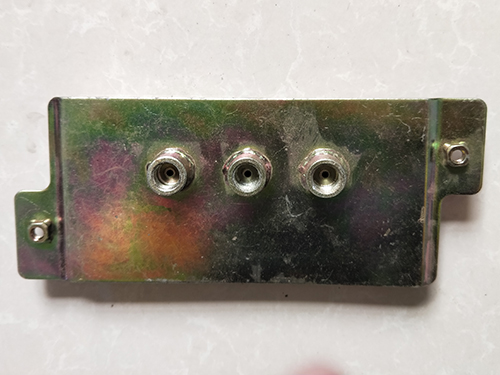Process and force analysis of stamping parts
Sheet metal forming, also known as stamping, is a method of forming sheet metal at room temperature, hence it is also known as cold stamping. For a certain metal sheet component, it generally needs to go through multiple manufacturing processes before it can be directly used for assembly. There are several common manufacturing processes, including the following
(1) Punching and cutting
For the convenience of production and transportation, sheet materials are mostly rolled materials. Firstly, the sheet metal needs to be separated into shaped blanks before it can be used for stamping production. This is a complex plastic shear and failure process, with localized hardening at the edges of the sheet metal. Punching and trimming are also cutting processes.
(2) Bending
A simpler scenario is to bend the sheet metal along a straight line. Plastic deformation only occurs in the curved section. If the ductility of the material is insufficient, it is prone to rupture on the outer surface of the bent part. However, due to rebound, controlling the bending angle is very difficult. One side of the sheet metal is clamped and not moved, while the other side is clamped and rotated around the edge at an angle; The punch moves downwards to press the material into the V-shaped mold; In rolling machinery, there are complete sets of rolling rods, which can be used to manufacture large panels and complex groove sections; 2.2 (d) is flanging, usually used for processing the edges of stamped parts. Bending the edge of the sheet metal until it is attached to the back of the sheet metal, thereby forming a rounded edge of the part, is called edging.
(3) Deep drawing forming
Deep drawing, also known as drawing, is a stamping process that uses a mold to turn the punched blank into an open hollow part. Normally, a set of drawing dies includes a convex die, a concave die, and a edging ring. The drawing process is widely used in automotive panels, and when combined with other processes, it can produce parts with extremely complex shapes. According to the characteristics of deformation mechanics, it can be divided into four types: straight walled cylindrical parts, box shaped parts, curved surface shaped parts (referring to curved rotating bodies), and non rotating surface shaped parts.
In addition, there are various process methods such as bulging, hydraulic forming, tube bulging, and hot forming. Usually, the forming process of an industrial part involves many basic forming techniques. Automotive cover parts are relatively complex in sheet metal stamping and forming processes, generally requiring multiple processes such as deep drawing, trimming, flanging, punching, etc. to form a part that can be used for assembly. The key to the qualification of the covering parts lies in the feasibility of stamping. The quality of stamping directly determines the final quality of the parts. This article is based on the simulation of the stamping process of cover parts to optimize the structure and analyze the stress of the drawing die.
In order to provide accurate load information for the subsequent optimization and analysis of mold structure, the simulation of the drawing process of the cover part achieves the following goals:
(1) In the simulation of drawing forming, the same mold surface mesh as in the optimization and analysis of mold structure should be used. In this way, the surface nodal forces of the mold simulated by forming can be directly applied to the structural optimization and analysis model;
(2) The part forming performance that needs to be simulated in the drawing forming simulation is good, that is, the part can be produced;
(3) The material parameters and process conditions in the simulation of drawing forming should be as close as possible to the actual production situation to ensure comparability between the results and reality.
Due to the fact that sheet metal forming is a large deformation problem involving geometric nonlinearity, material nonlinearity, and boundary condition nonlinearity, the selection of finite element algorithms, element types, material models, and the handling of contact and friction will all affect the accuracy of simulation results.
The ductility of materials is usually characterized by elongation and reduction in cross-sectional area. However, in sheet metal forming, the stress-strain state of the material is relatively complex, and how to simply and accurately determine material fracture is an important issue. The stress in the thickness direction during sheet metal forming is relatively small compared to the stress in the plane of the sheet metal. Therefore, it can be assumed that the normal stress of the sheet metal is zero, and the stress state of the material during sheet metal forming is simplified to plane stress.
In many sheet metal forming processes, the sheet metal is subjected to biaxial tension on the sheet metal plane, and failure occurs after local necking. Local necking is different from necking in tensile testing of circular specimens. For metal sheet specimens, during necking, the specimen decreases in both width and thickness directions, while during local necking, the specimen only decreases in thickness direction and does not decrease in width direction.







